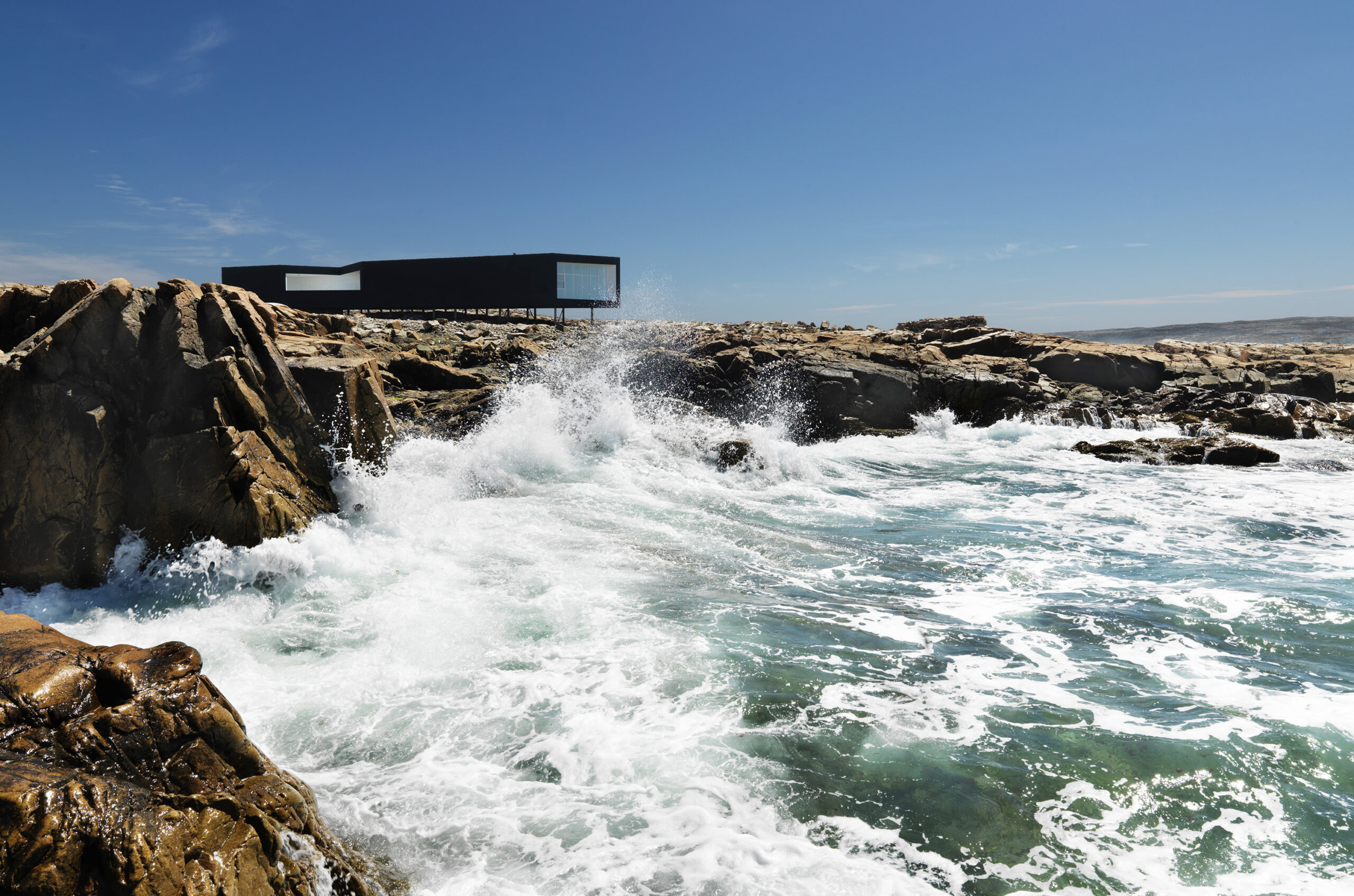Architects: Want to have your project featured? Showcase your work by uploading projects to Architizer and sign up for our inspirational newsletters.
In a world increasingly shaped by extreme weather events, architects are embracing the challenge of designing structures that not only withstand high winds but also enhance resilience and sustainability. From typhoon-prone coastlines to hurricane belts and mountain ranges exposed to strong gusts, innovative architecture is emerging to address these forces of nature. High-performance materials, aerodynamic forms and thoughtful siting are becoming critical components in the pursuit of both safety and beauty.
Through a curated selection of buildings, we highlight the strategies architects and engineers employ to protect against intense wind events. Projects featured span multiple climates — coastal, arid and temperate — and showcase an array of construction techniques. In each case, these solutions are tailored to meet local wind conditions, ensuring structural integrity, energy efficiency and occupant comfort. They also balance functionality and aesthetics, proving that buildings designed for wind resistance need not compromise on architectural expression. As climate change intensifies weather patterns globally, these projects offer valuable lessons in resilience, pushing the boundaries of what architecture can achieve.
Svencelė Kiteboarding and Windsurfing Centre
By DO ARCHITECTS, Svencelė, Lithuania


The kiteboarding and windsurfing center in Svencelė transformed a remote kite spot into a vibrant recreational hub in just one summer. Built from 37 portable containers, the project serves as a low-cost prototype for future development, reimagining an abandoned Soviet-era duck farm along Lithuania’s Curonian Lagoon. The design responds to the region’s strong winds, with the arrangement of containers shaping sheltered spaces for surfers and events. The waterfront buzzes with surf shops, schools and cafes, while inland units offer amenities and lodging. This innovative approach reflects a shift towards flexible urban strategies, proving that bold ideas can thrive even in uncertain times.
Cowboy Modern Eco-Retreat
By Jeremy Levine Design, Joshua Tree, California
Inspired by Pioneertown’s Old West architecture and the stark desert landscape, the 1,200-square-foot (111 square meters) Cowboy Modern Desert Eco-Retreat is a sustainable family getaway designed to blend with nature. Oriented to minimize solar heat gain, the home was also made to withstand high winds. Built lightly on the land, it uses locally reclaimed lumber, off-site fabricated steel framing, and reflective metal roofing to withstand extreme weather. The wrap-around porch provides 1,000 square feet (92 square meters) of outdoor space, including a grill area, spa and cold cowboy tub. With gray water recycling and planned solar panels, the retreat approaches net-zero sustainability.
Moldegaard Cabin
By Nordic — Office of Architecture, Norway
Ecotourism Center in France
By INCA Architectes, IDF, France
College of Life Sciences, Kuwait University
By CambridgeSeven, Kuwait
Fogo Island Artist Studios
By Saunders Architecture, Fogo Island, Canada
Architects: Want to have your project featured? Showcase your work by uploading projects to Architizer and sign up for our inspirational newsletters.
